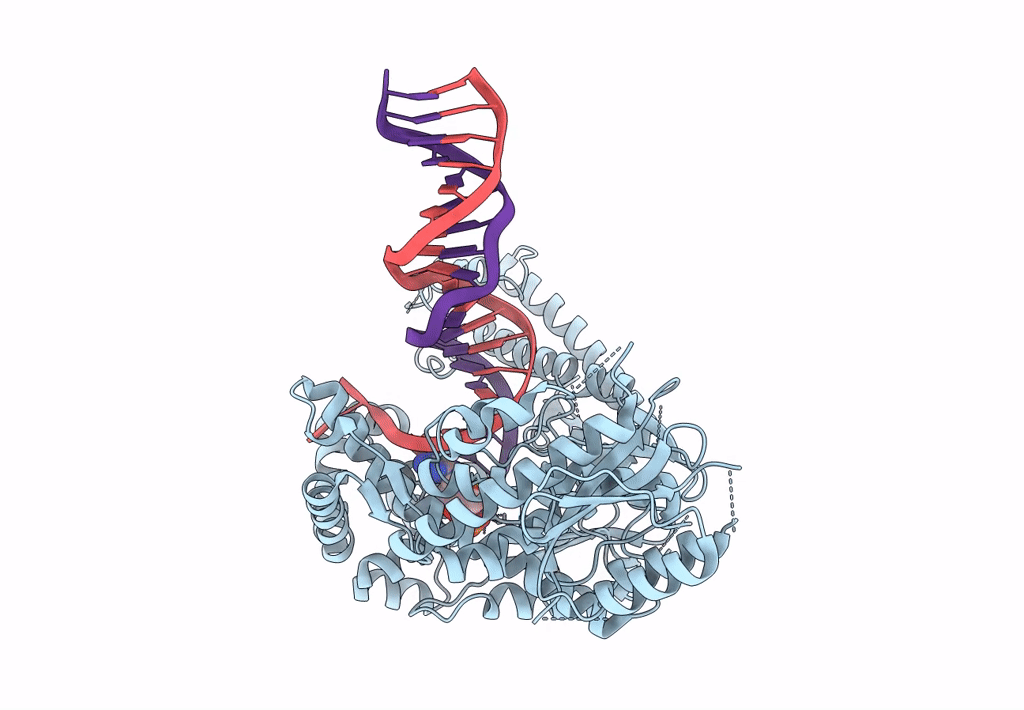
Deposition Date
2022-09-08
Release Date
2022-12-14
Last Version Date
2025-05-21
Entry Detail
PDB ID:
8EFC
Keywords:
Title:
Structure of Lates calcarifer DNA polymerase theta polymerase domain with long duplex DNA, complex Ia
Biological Source:
Source Organism:
Lates calcarifer (Taxon ID: 8187)
Host Organism:
Method Details:
Experimental Method:
Resolution:
2.80 Å
Aggregation State:
PARTICLE
Reconstruction Method:
SINGLE PARTICLE


